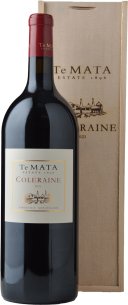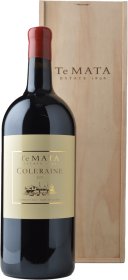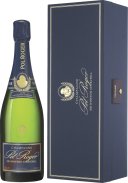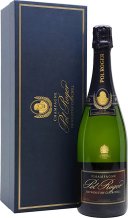Te Mata Estate Coleraine Cabernet Sauvignon Merlot Cabernet Franc
TE MATA ESTATE Coleraine. Cepage may include Cabernet Sauvignon, Merlot, and Cabernet Franc. Hawkes Bay, New Zealand
Château Latour
Château Grillet
Château Palmer Margaux
Château Palmer is considered one of the worlds first 'Super Seconds' (although actually classified as a third growth), a term relating to the top echelon of producers that fall outside of the ancient 1st Growth classification. Margaux's Château Palmer was named after a British general who fought under Wellington. It has been stated by quite a few wine critics that this could possibly be the finest Château Palmer ever produced. An amazing claim considering how phenomenal the 2005 was and is yet to be. Masses of concentrated aromas and flavours that will keep your senses entertained for hours on end. A truly remarkable achievement that will repay the patient cellarer over the next 30 years.
Chris Ringland Dry Grown Shiraz
The Chris Ringland Dry Grown Shiraz 2007 smells of mineral oil, leaf litter, stones and dust. Despite it's weight and density, it is lively and vivid. This is a very powerful Shiraz with great structure, it could be cellared for 20-30 years and mature gracefully.
Pol Roger Cuvee Sir Winston Churchill
Guigal Cote Rotie La Mouline
'The 2011 Cote Rotie La Mouline is more perfumed, exuberant and approachable than the 2010. It exhibits a crazy bouquet of spice-box, vanilla bean, spring flowers and sweet kirsch, cassis and black raspberry. Full-bodied, seamless and elegant, with sweet tannin, it will be hard to resist in its youth and have 2+ decades of prime drinking. The father/son team of Marcel and Philippe Guigal continue to keep their estate at the top of the hierarchy in the Rhône Valley. All the way from their inexpensive Côtes du Rhône to their top-end Côte Rôties and Hermtiage, the attention to detail and focus on quality is unmatched... this estate is producing some of the most incredible and singular wines in the world.' - 96-99 Points |Robert Parker's Wine Advocate. Limited Stock | Available in selected stores only.
Dal Forno Romano Amarone della Valpolicella
Chateau Pavie
Another terrific success for the flagship estate (a 92-acre vineyard situated on the famed limestone and clay-rich slopes of Cote Pavie) of Chantal and Gerard Perse, the 2011 Pavie is composed of 70% Merlot, 20% Cabernet Franc and 10% Cabernet Sauvignon. 2011 may be the biggest, richest, most massive wine of the vintage. With thrilling levels of concentration, tremendous purity, high but sweet tannin, a skyscraper-like mouthfeel, and terrific intensity, depth and palate presence, this larger-than-life effort will require 5-8 years of cellaring, and should age effortlessly over the following 25-30 years.



















